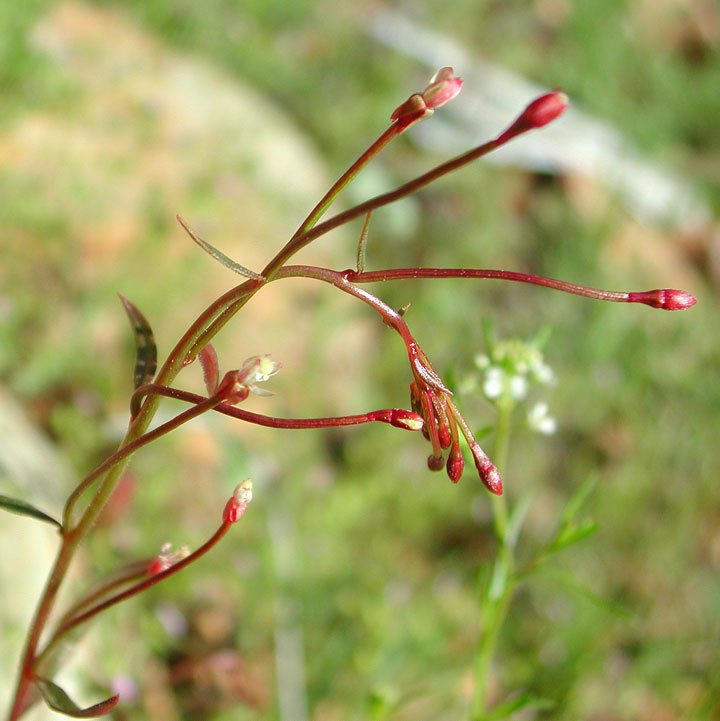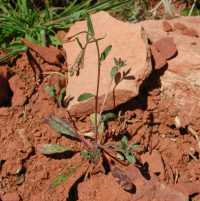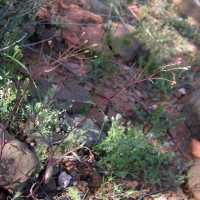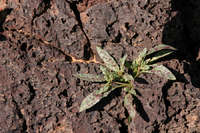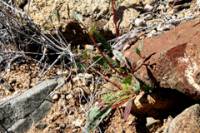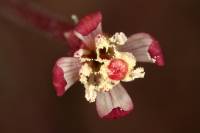|
Eremothera chamaenerioides
 Explore 1 NEON Biorepository occurrences (redirected from: Camissonia chamaenerioides (A. Gray ex S. Wats.) Raven) |
|
|
Family: Onagraceae
longcapsule suncup
[Camissonia chamaenerioides (A. Gray ex S. Wats.) Raven, more] |
|
|
|
|

